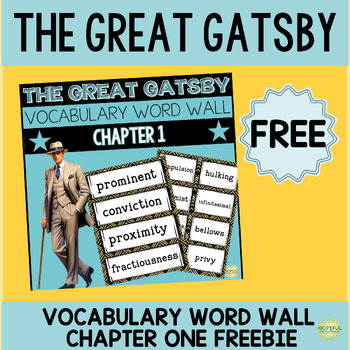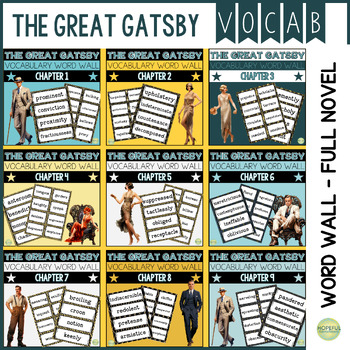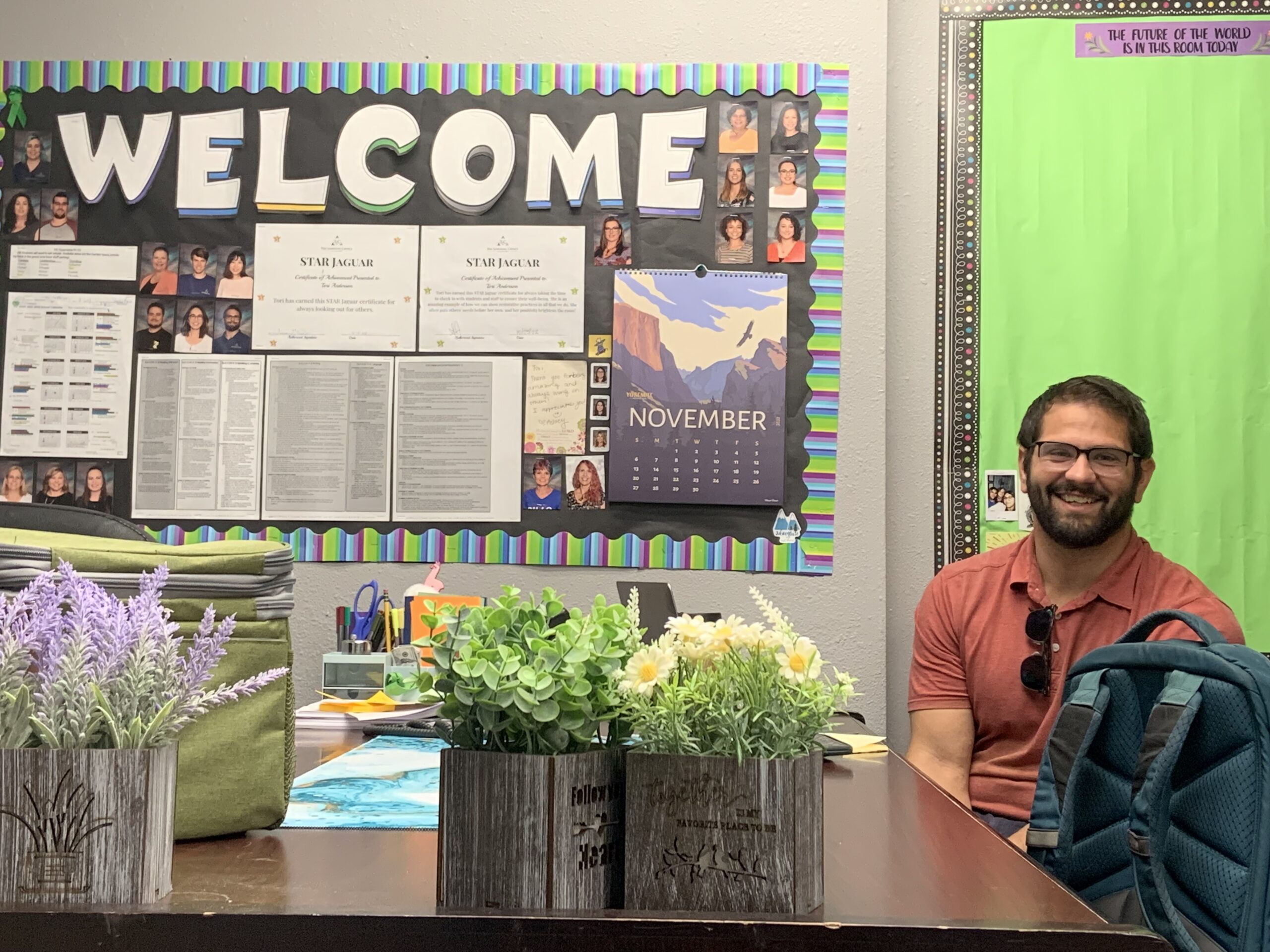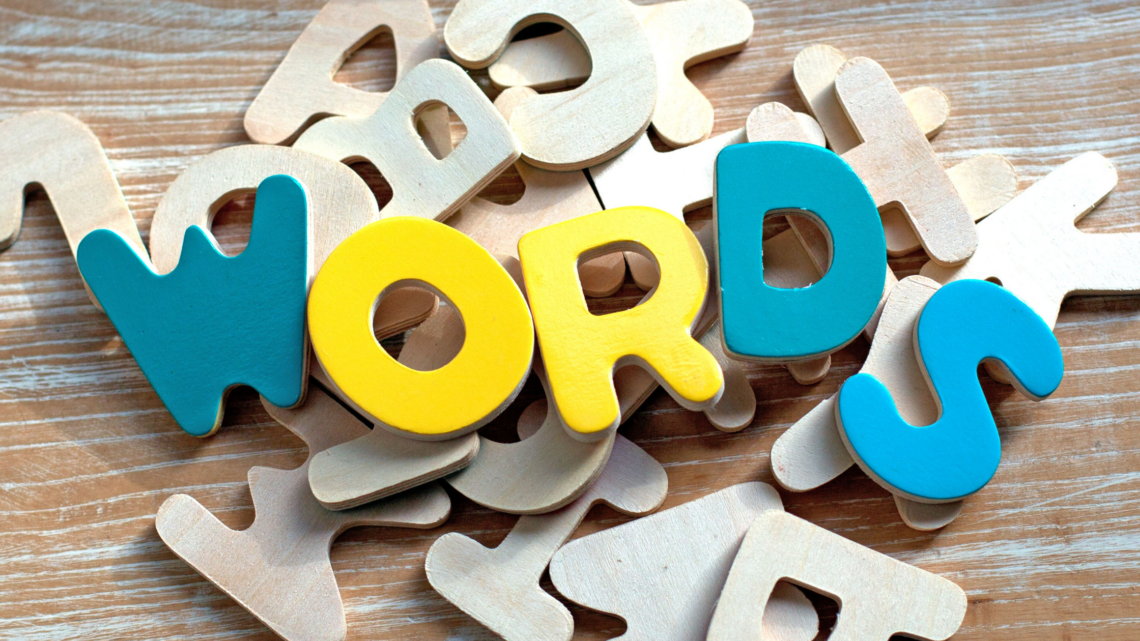
Utilizing Word Walls in the Classroom
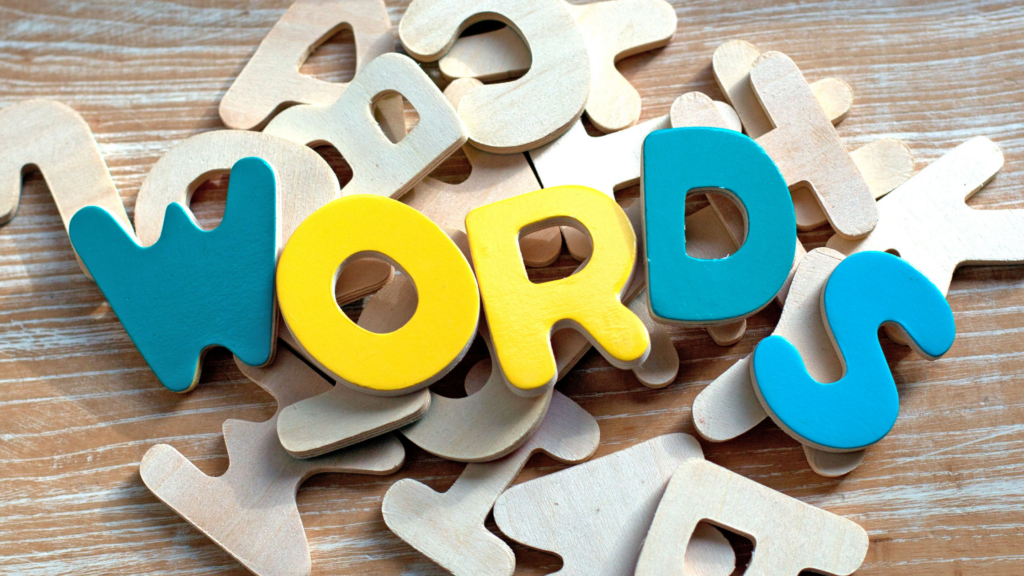
From Classroom Walls to Lifelong Learning: Unlocking the Power of Word Walls for Deeper Vocabulary and Student Engagement
Word walls are an essential tool for enhancing vocabulary learning in the classroom. Whether you’re teaching classic literature, science, history, or all the subjects at once (here’s to you, elementary superheroes), word walls provide a visual and interactive method to engage students with complex texts and concepts. In this article, we’ll explore how to create and use word walls effectively to promote deeper vocabulary learning and student engagement.
A Lifelong Passion for Words: How Language Shapes Our Understanding
For as long as I can remember, I have always had a passion for reading, and quite simply words. It’s amazing that 26 tiny symbols (plus or minus a few depending on your native language) can come together in an unlimited number of ways to form and express everything we know about the world. From childhood until now, I have developed such an appreciation for language, and have become acutely aware of its power to those who know how to utilize it effectively. Later in life, I became an English teacher, and you can imagine my ecstatic joy when I was first introduced to the concept of a “Word Wall.” Before we dive into how you can create a Word Wall in your classroom, I want to share a memory that perfectly captures the magic of words and the profound impact they can have.
The Power of Words: A Memory That Inspires
I still remember the first time I read The Book Thief by Markus Zusak. It’s a novel that takes place in Germany during World War II and follows a young girl, Liesel, who finds solace and strength in words. One of the most poignant scenes in the book is when Liesel’s father writes words on their basement wall. As Liesel learns to read, she writes each new word she encounters under its corresponding letter, gradually filling the wall with language. The basement, once a bleak and lifeless place, transforms into a living, breathing dictionary—a powerful symbol of how words can become tools of empowerment and resilience.
This image has stayed with me ever since. It perfectly encapsulates how words, when made visible and personal, can become sources of strength. This is exactly what I hope to recreate in the classroom—an environment where students can see their progress, take pride in their growth, and discover the true beauty of language.
That being said, I want to empower you with the ability to create your own word walls in the classroom space, as you foster a generation of students who love language. Without further ado, I present to you “Word Walls” – what they are, how they work, and some ideas as you engage with this fully customizable learning experience for your students.
What Are Word Walls?
A word wall is a designated space in the classroom where key vocabulary words are displayed for easy access and reference. Often organized alphabetically or by theme, word walls are dynamic and expand as new words are introduced. These walls can be tailored to specific subjects and learning objectives, making them a versatile tool for educators.
For complex texts, word wall cards featuring important terms help students understand challenging language. By prominently displaying these words, educators create a shared vocabulary that enhances classroom discussions and strengthens comprehension.
How to Set Up a Word Wall
Creating a word wall is an easy yet powerful way to enhance vocabulary learning in your classroom. Here’s how to set one up effectively:
- Identify Key Vocabulary: Select terms that are essential for understanding the subject matter, whether it’s literary themes, scientific concepts, historical events, or any other topic. Focus on words that are central to the current unit of study or text.
- Choose Your Word Wall Cards: Use large, clear cards with just the word for simplicity, or add definitions, images, or examples for added context. This allows flexibility in addressing different learning needs and preferences.
- Select the Right Location: Place the word wall in a central, visible area of the classroom. Choose a location where students can easily reference it during lessons, activities, or group work to reinforce vocabulary learning.
- Encourage Student Participation: Make the word wall a collaborative tool. Invite students to contribute words they encounter in their reading or lessons, or ask them to add definitions or examples to the cards. This fosters a sense of ownership and active involvement in their learning.
- Update Regularly: Keep the word wall fresh and engaging by adding new words throughout the semester. Incorporate vocabulary from class discussions, readings, or assignments to ensure that it remains relevant and valuable as a resource.
In my classroom:
As a high school English educator, the novel one of my classes is currently working through is F. Scott Fitzgerald’s The Great Gatsby. I have found that students love the drama within the novel, and the storyline, if they can press through the challenging vocabulary and sentence structure to actually understand what’s going on. Once I noticed that vocabulary was a significant hindrance to my students, we dove into explicit language instruction, and vocabulary activities for when they finished their reading and assignments. Here are some of the resources I made for students to do when they had the opportunity (or when they were working in small breakout groups with me for explicit language instruction.)
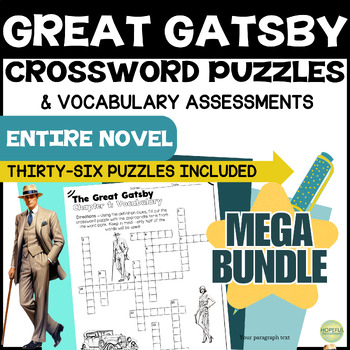
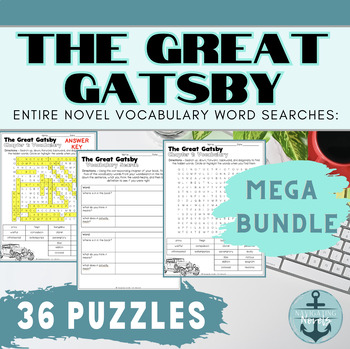

That worked just fine, but what really began to change was when I created a “Word Wall” for The Great Gatsby right in the classroom. All of the terms we were learning now had a living and growing place in our community to be displayed. We found ourselves referencing the words in lessons, using them for games and activities, and students’ excitement grew as we could add to it with each word we learned. As the novel progressed, the Word Wall stood as an evidence and proof of great learning taking place. This word wall transformed our classroom space, and I’m sure it would do the same for you!
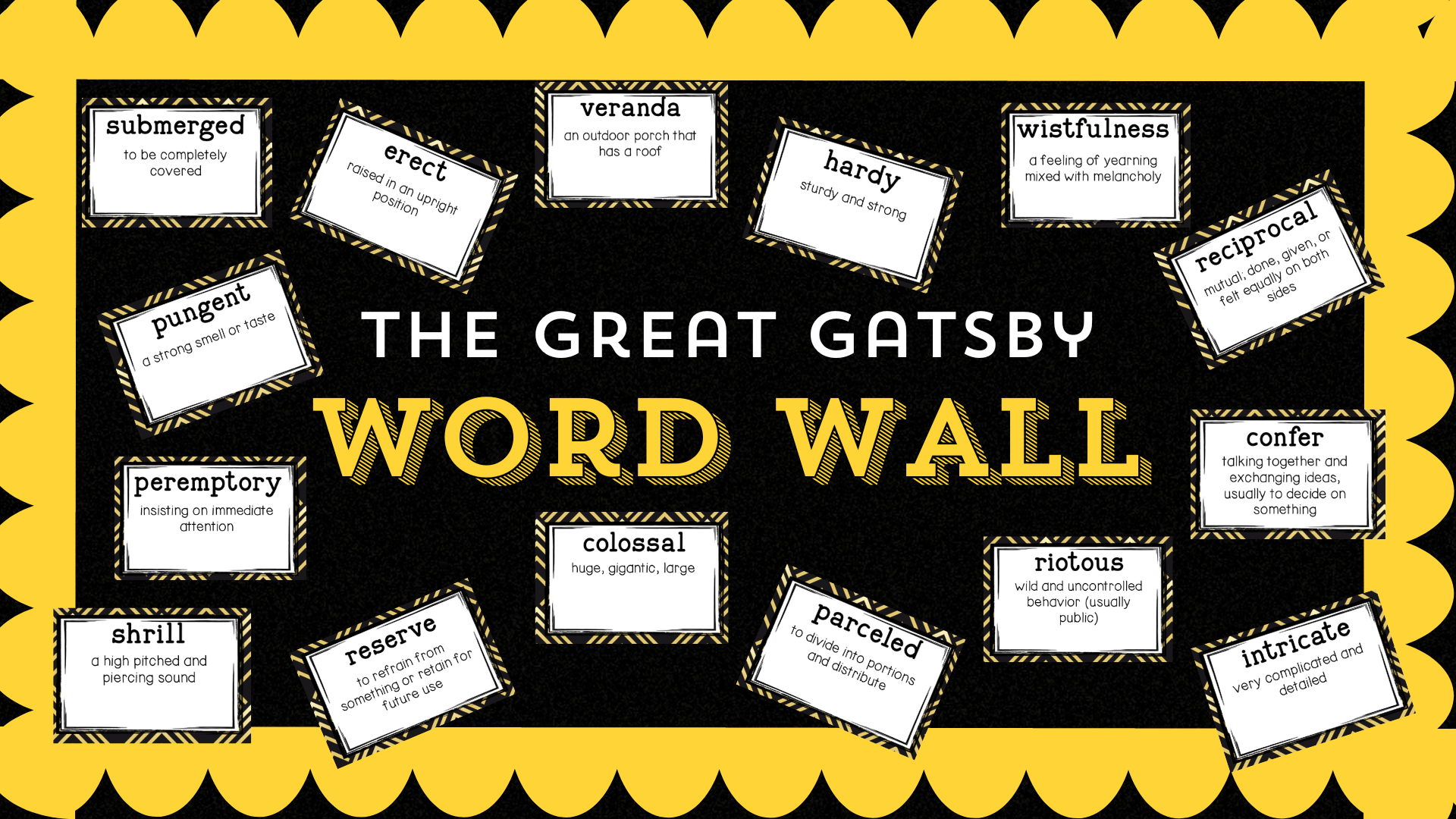
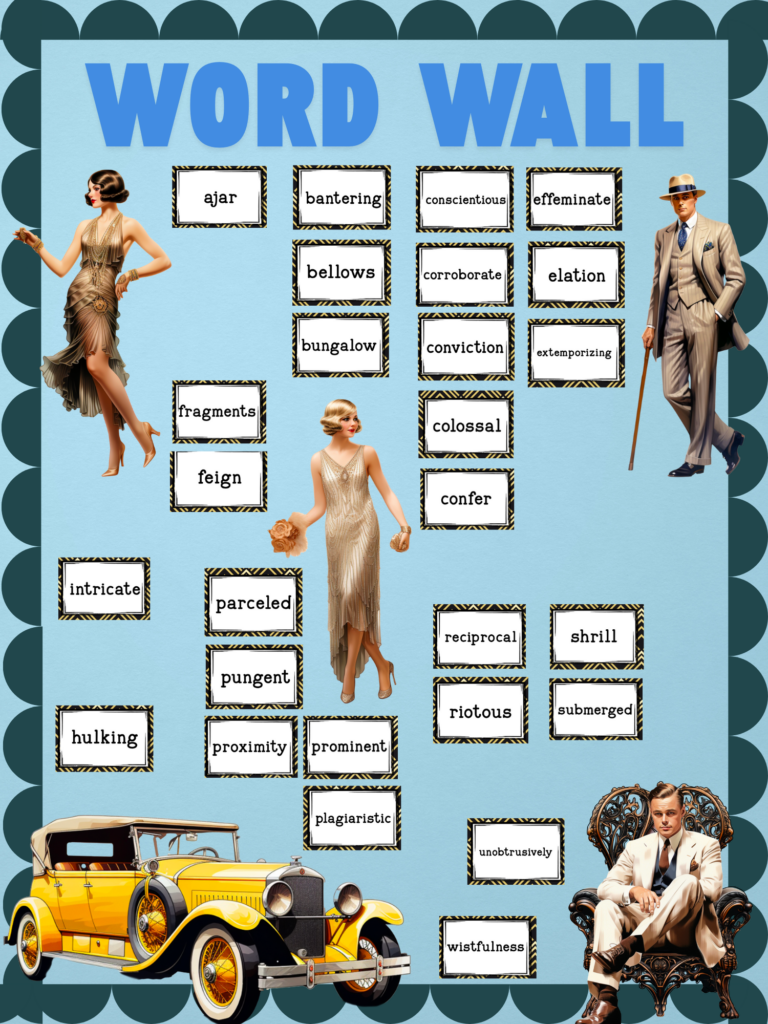
Why Use Word Walls in Any Classroom?
Word walls are an essential tool for enhancing vocabulary learning and fostering deeper understanding. Regardless of the subject—literature, science, history, or any other topic—word walls help students grasp complex terminology and connect it to key themes, concepts, or real-world applications. By using word walls in your classroom, you create a visual and interactive learning environment that supports vocabulary development, encourages critical thinking, and enhances comprehension.
Final Thoughts
Word walls are a versatile and powerful resource for any classroom. Whether you’re teaching a novel, scientific principles, or historical content, incorporating a word wall into your instruction creates an engaging and supportive learning atmosphere. It not only strengthens students’ vocabulary but also deepens their overall understanding of the subject matter. Start building your word wall today to boost student engagement, comprehension, and success across all subjects.
If you’re reading The Great Gatsby and are ready to take the leap:
Here is the Word Wall Files I created for our classroom. The image on the left contains a free sample of Chapter One of the novel. The image on the right is linked to my entire set (over 400 words!!)
